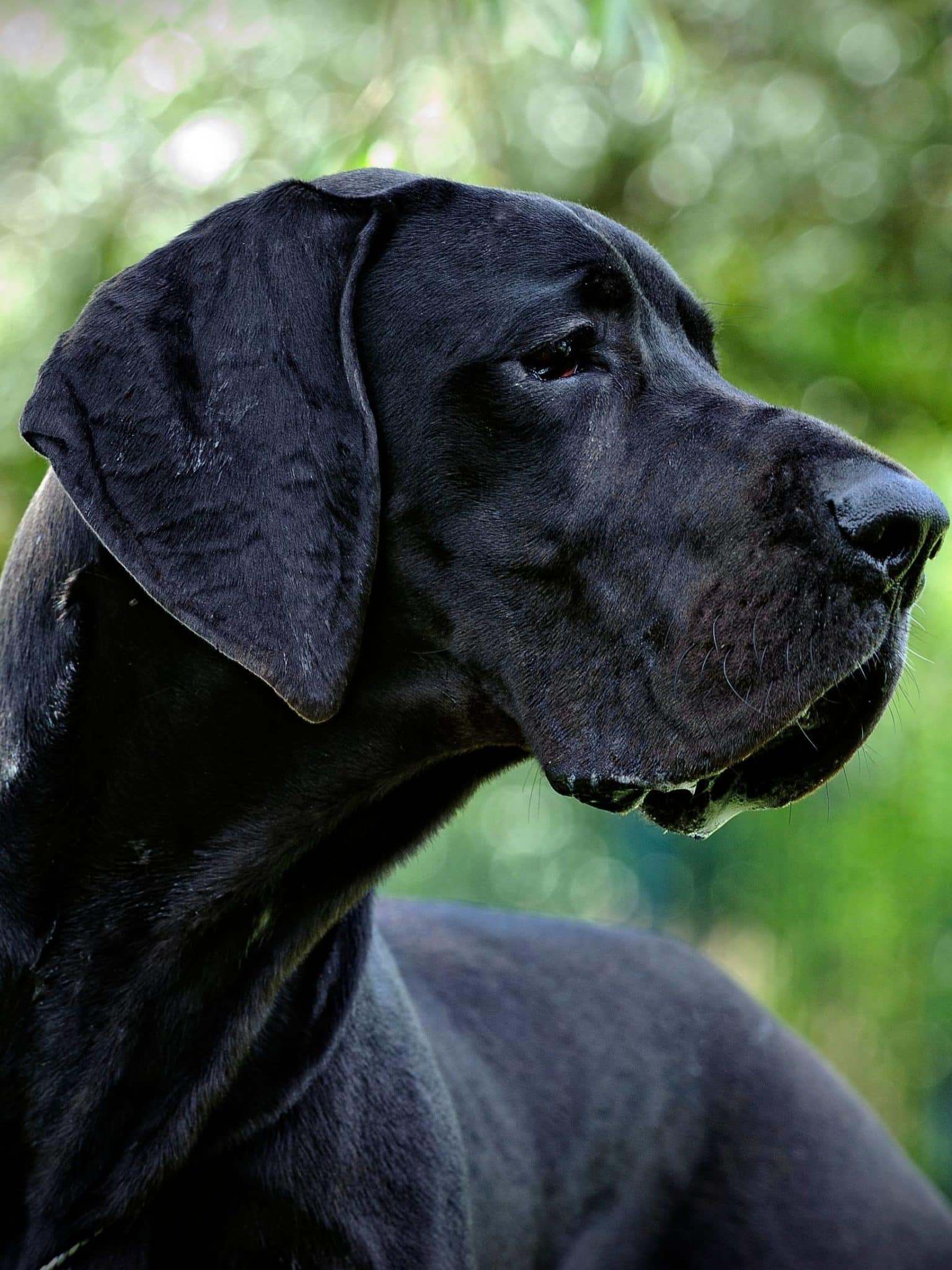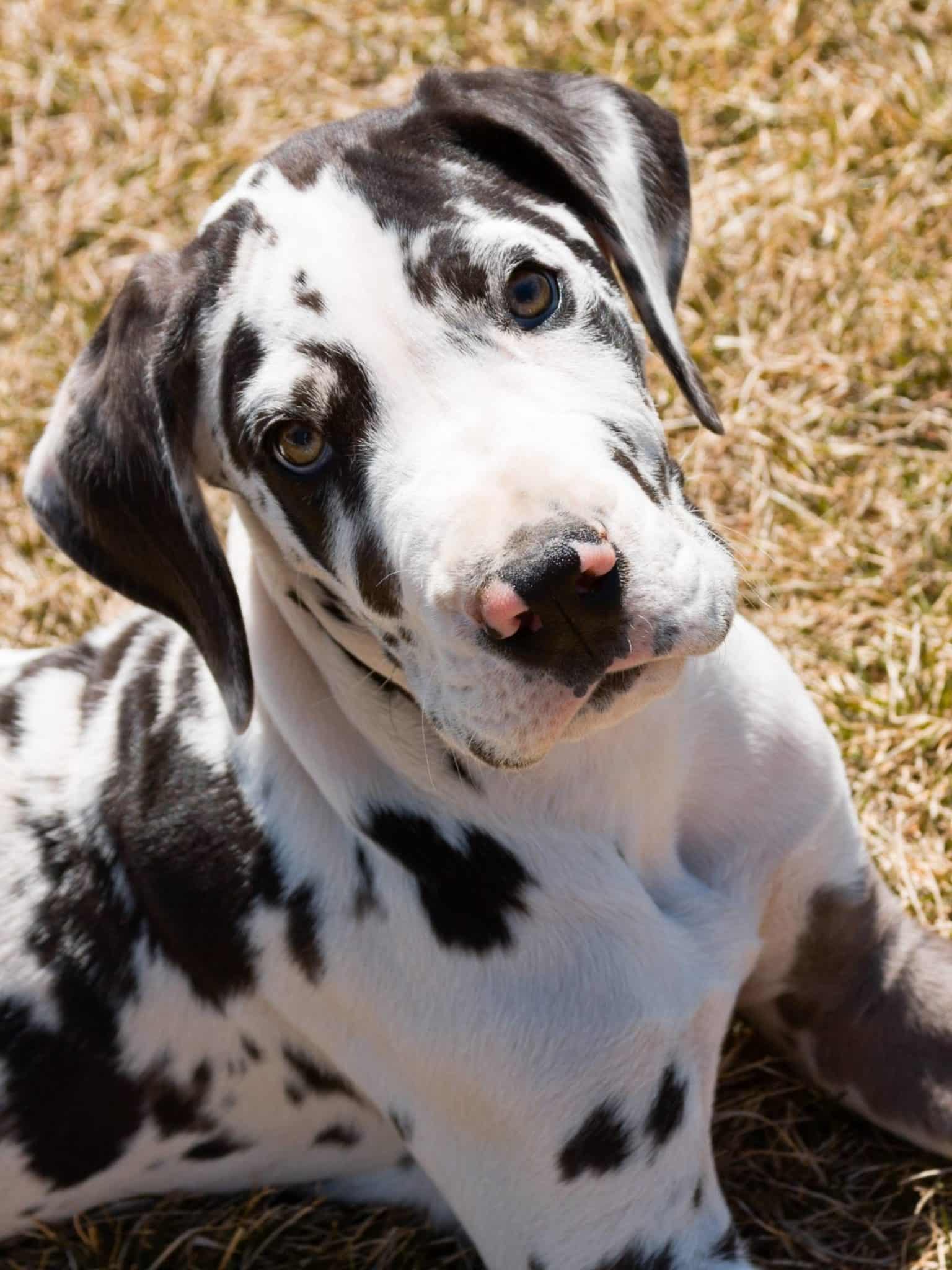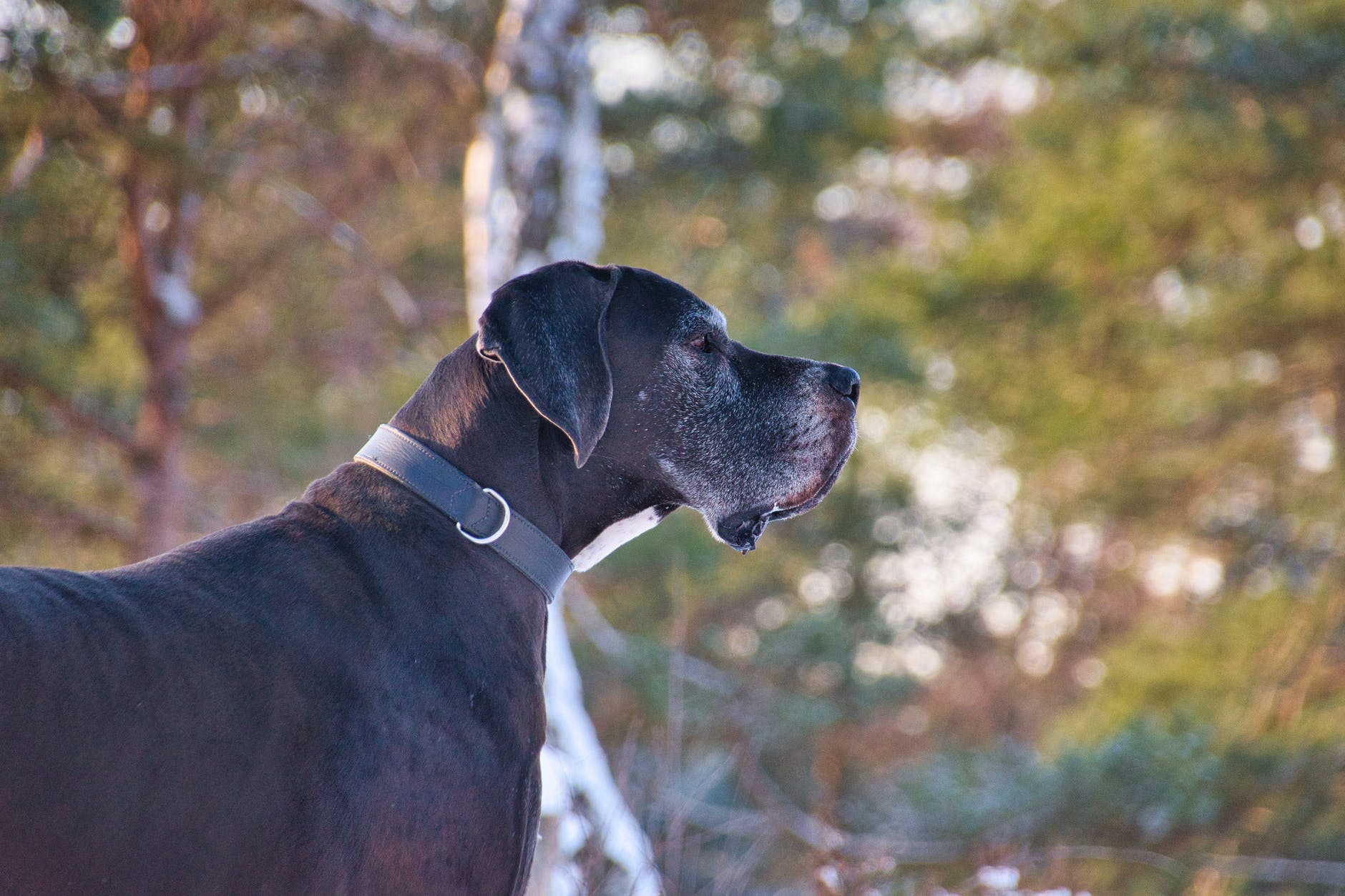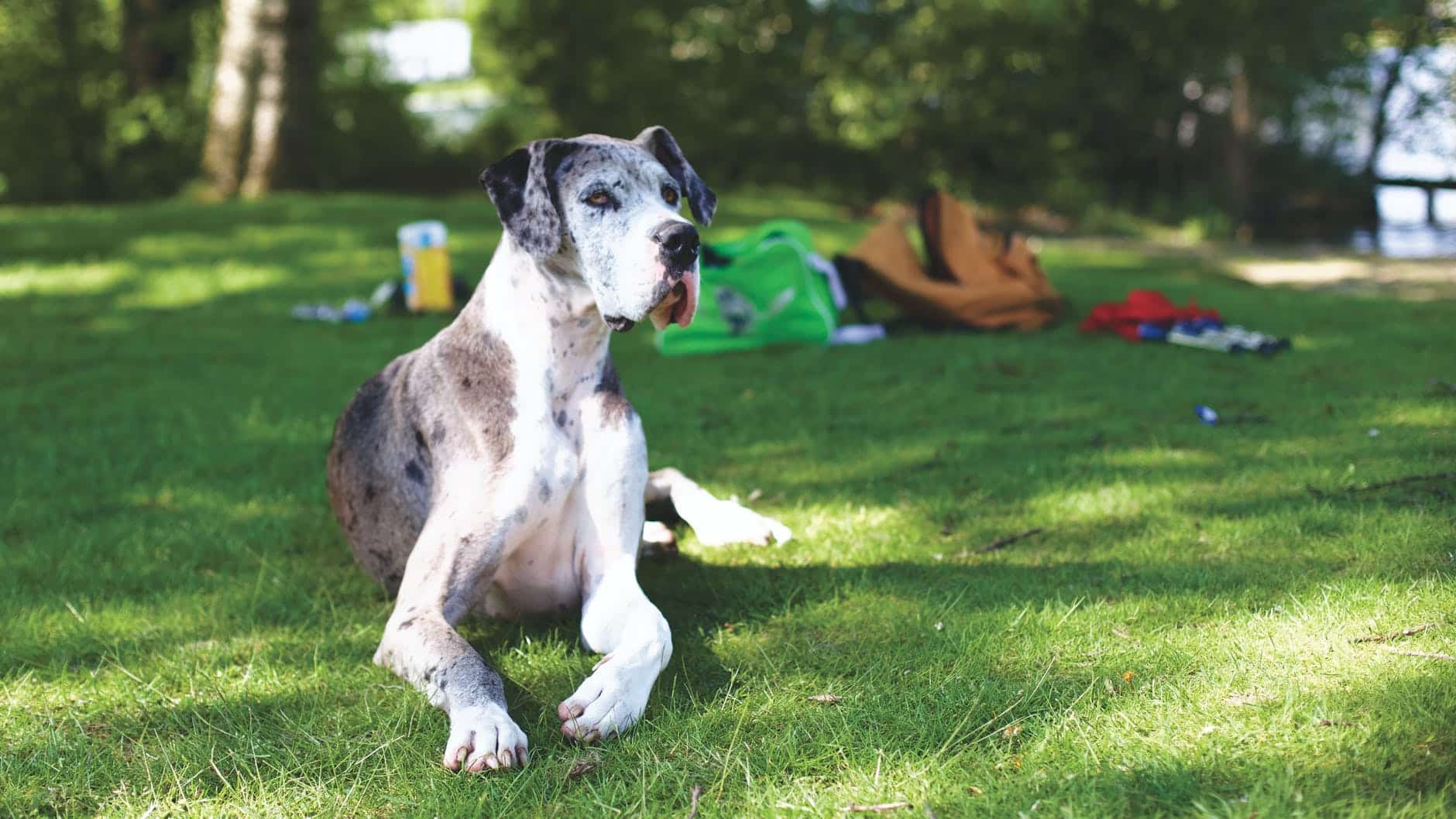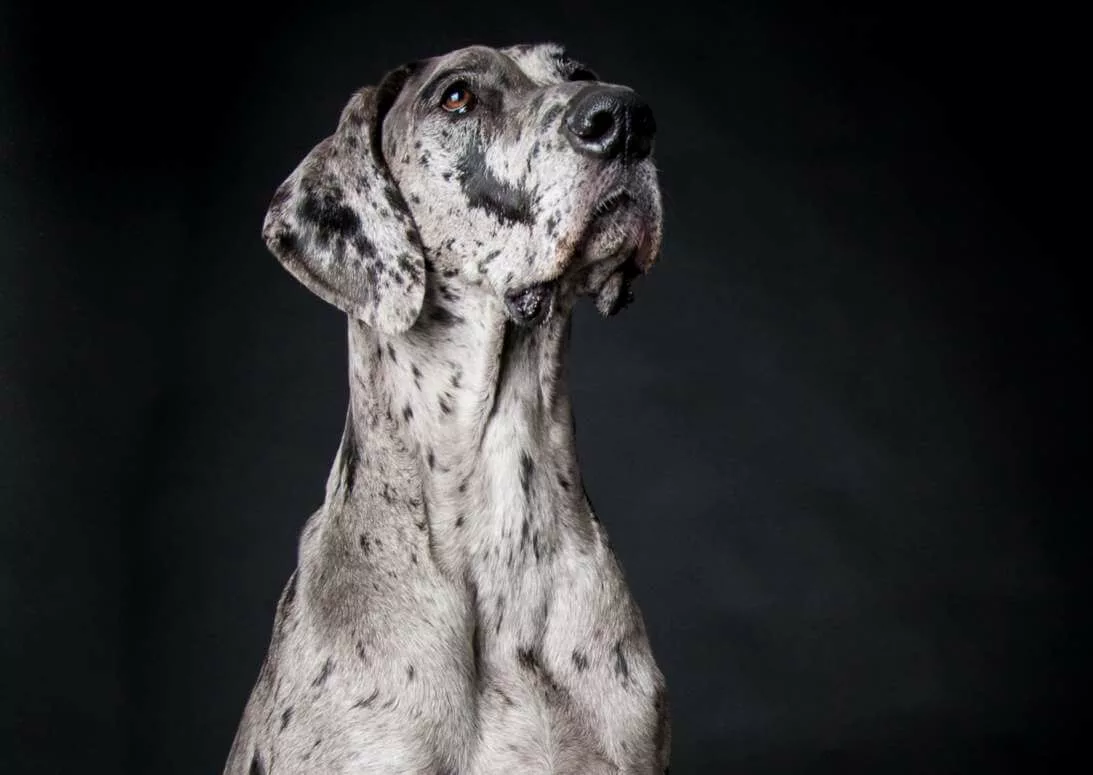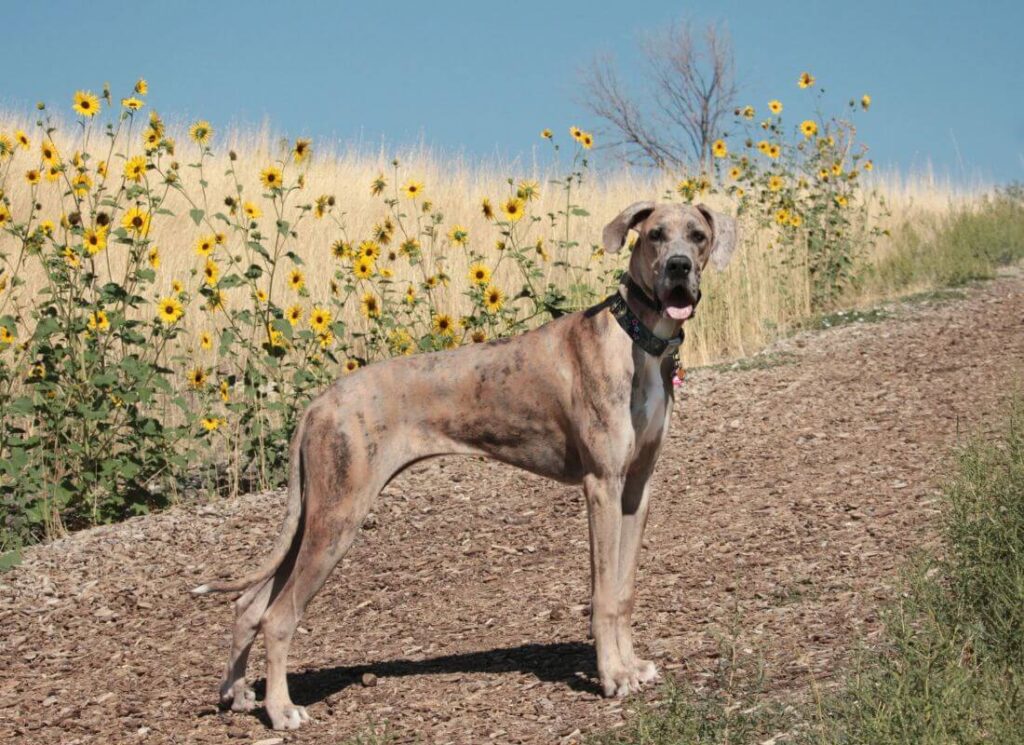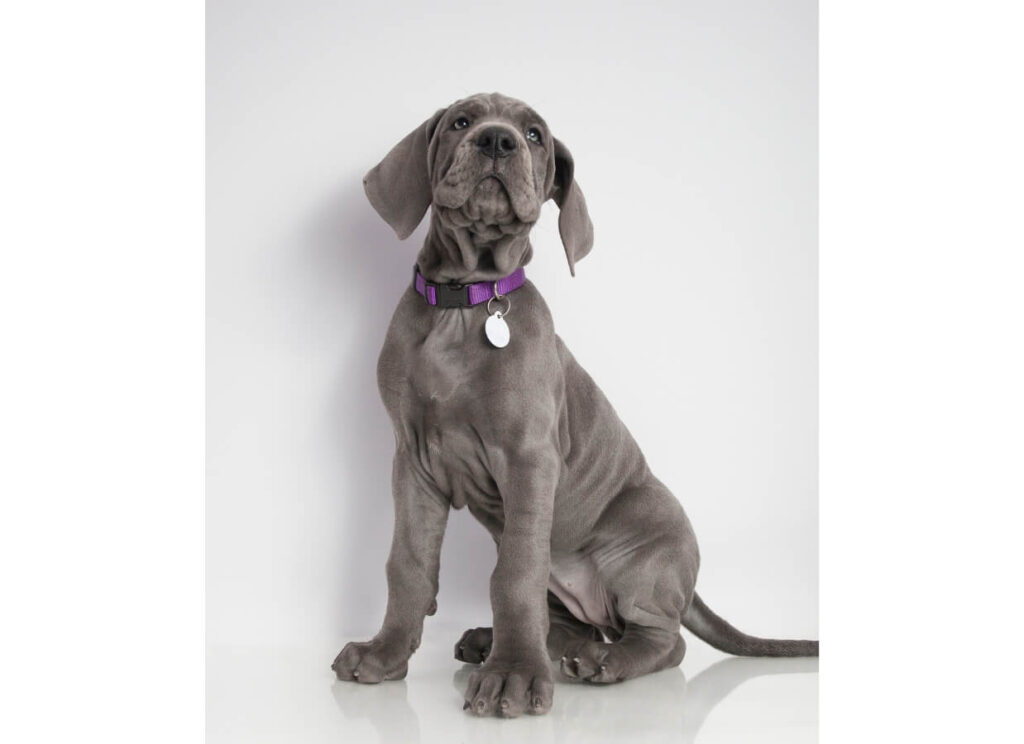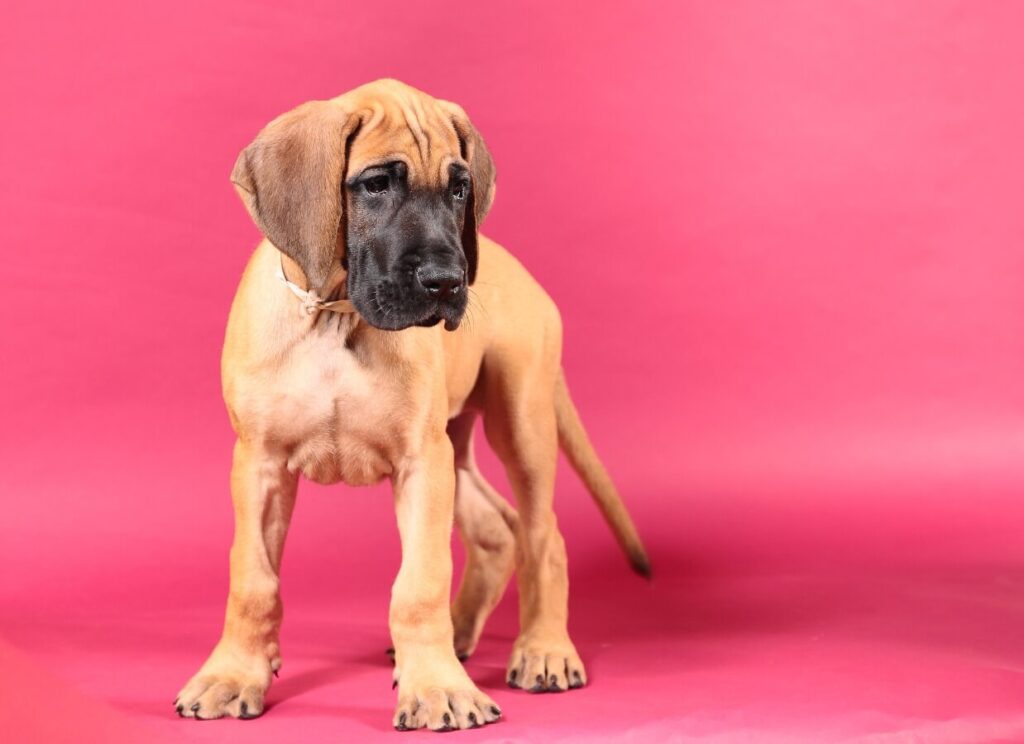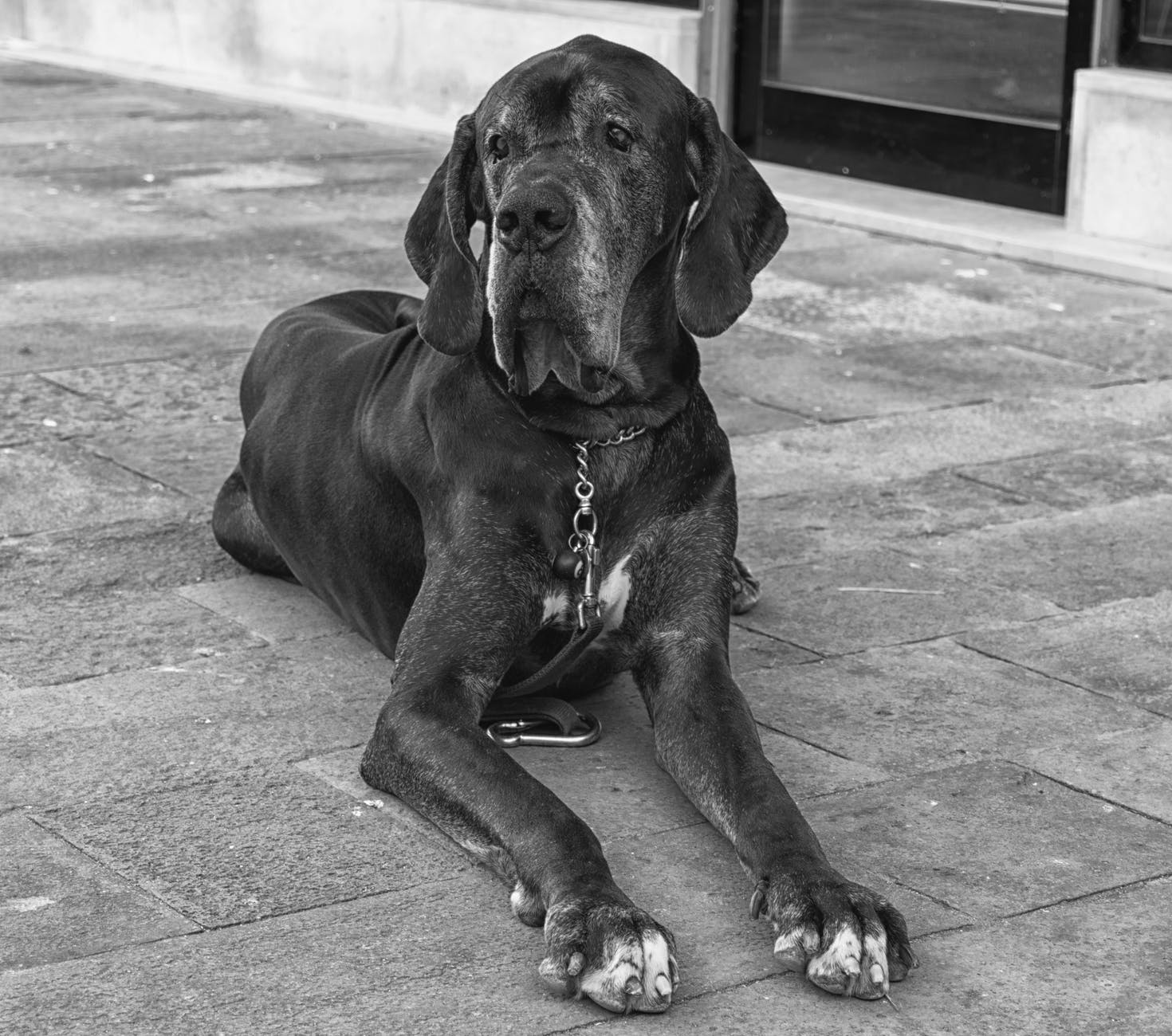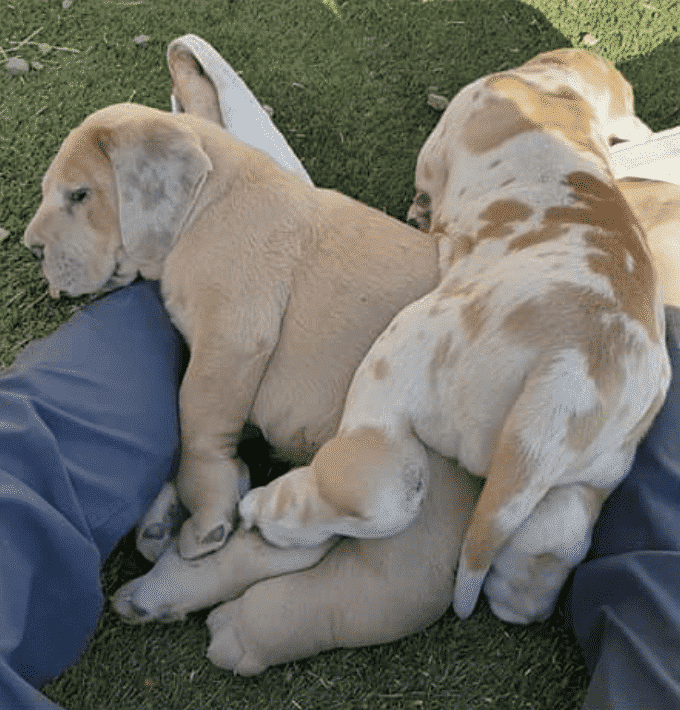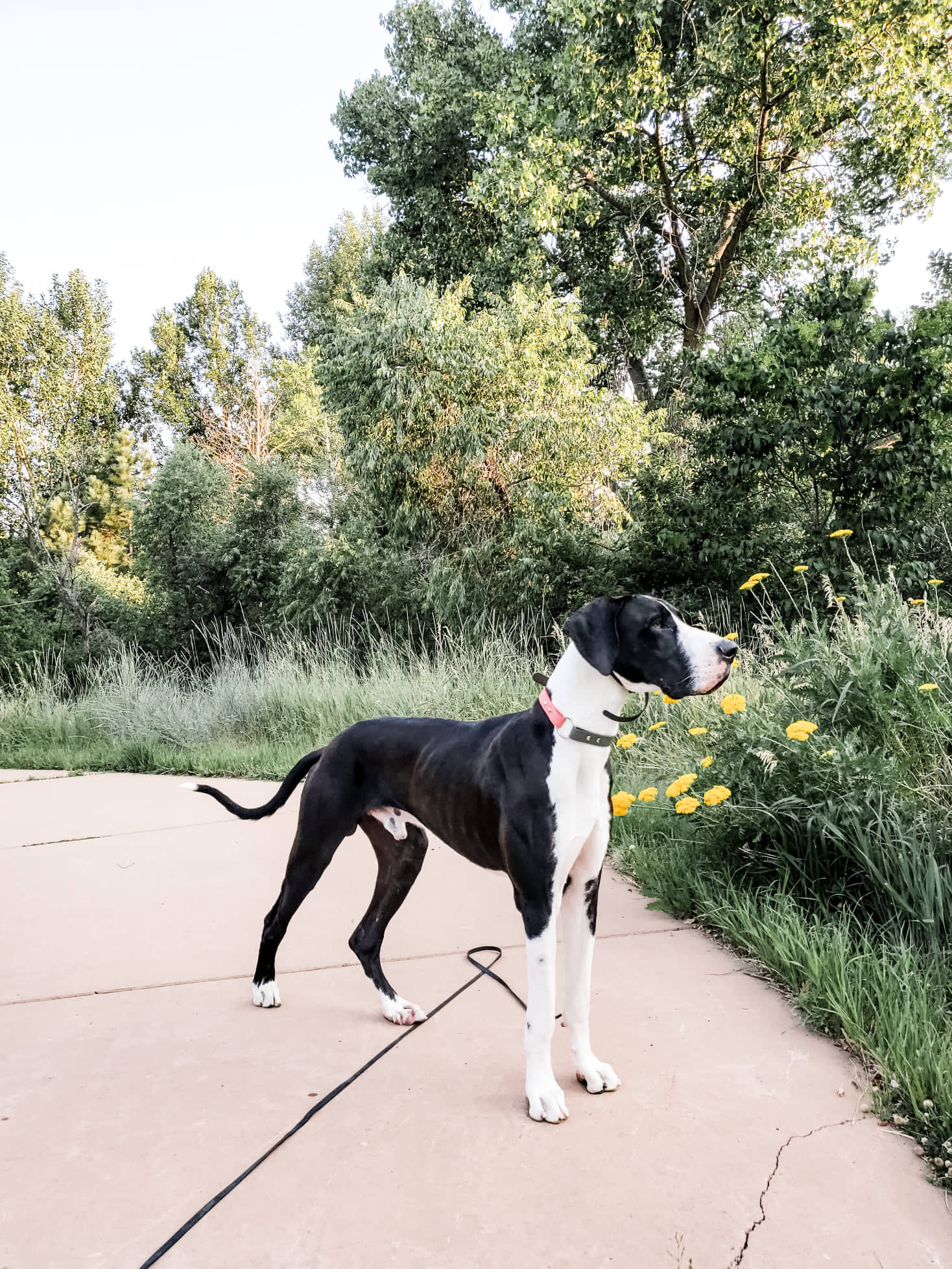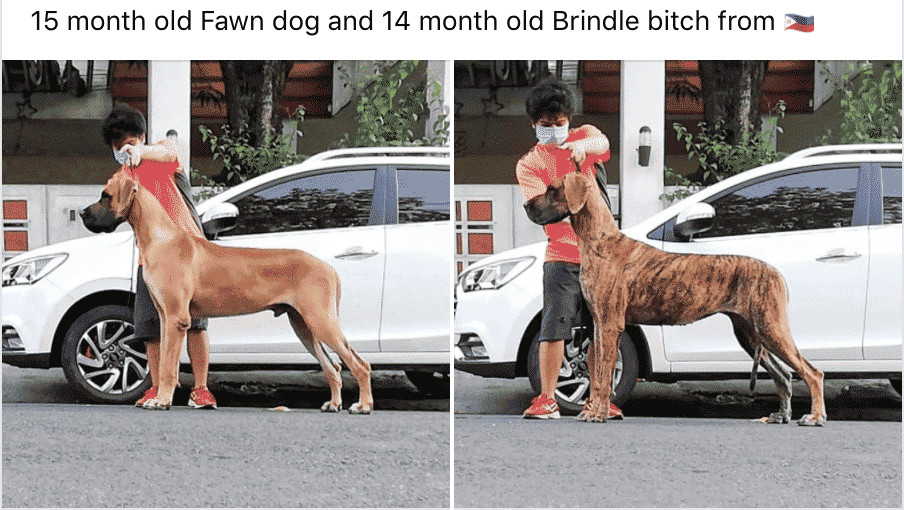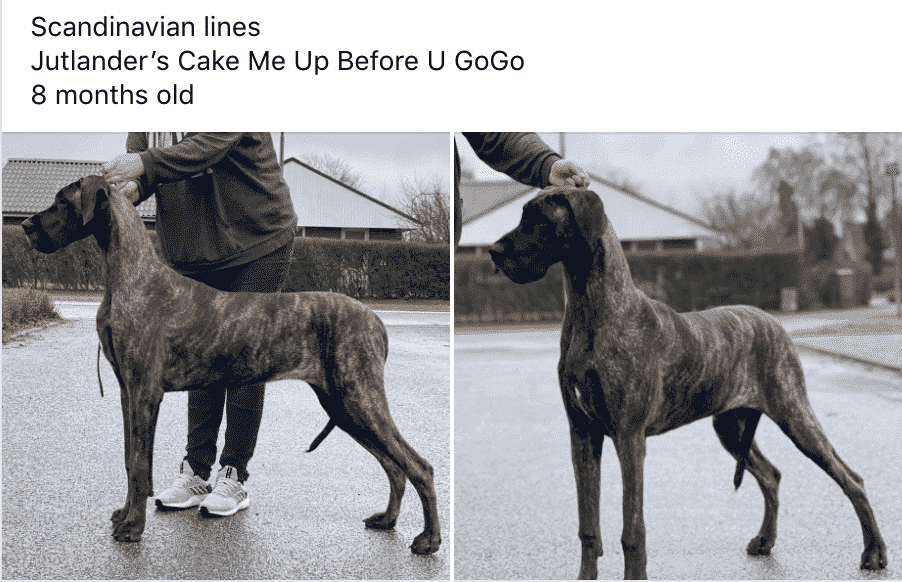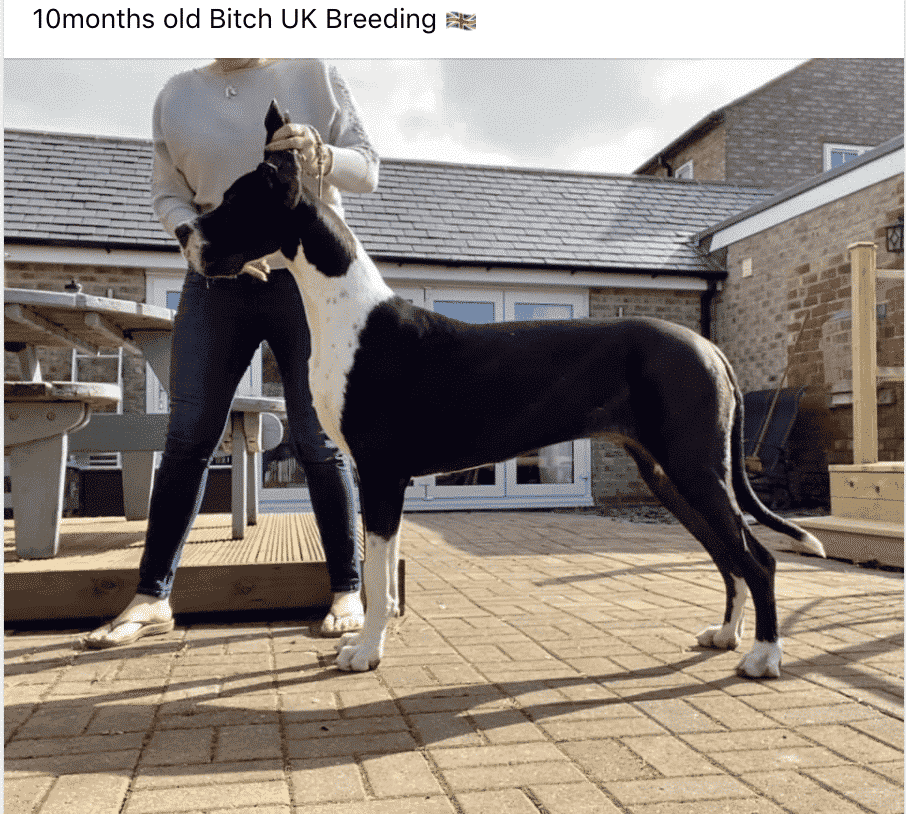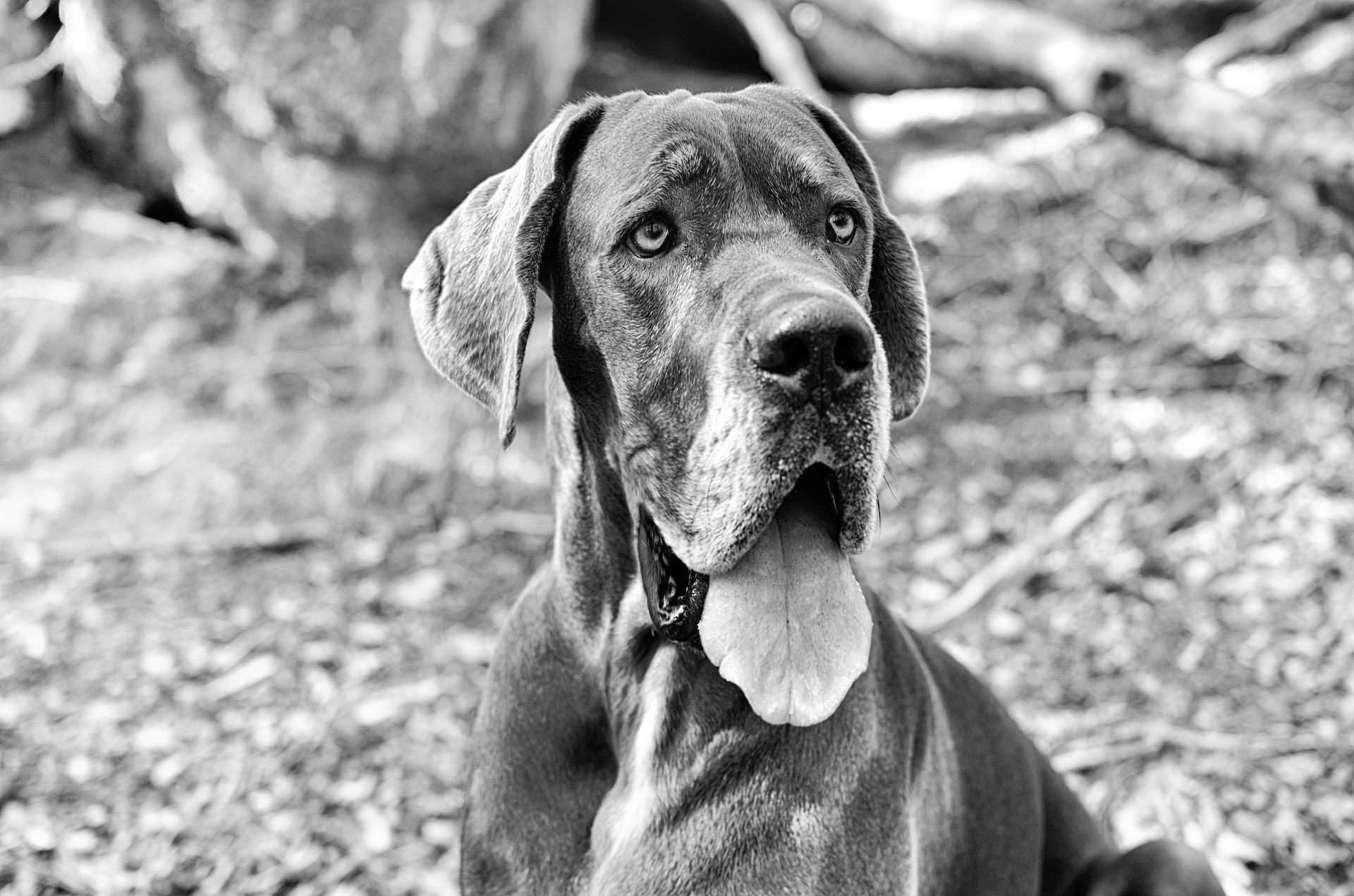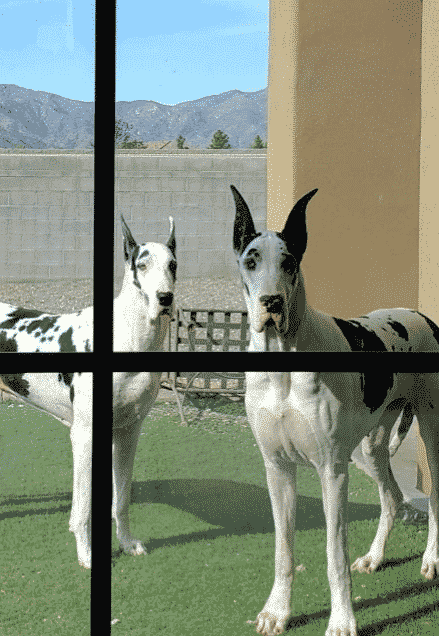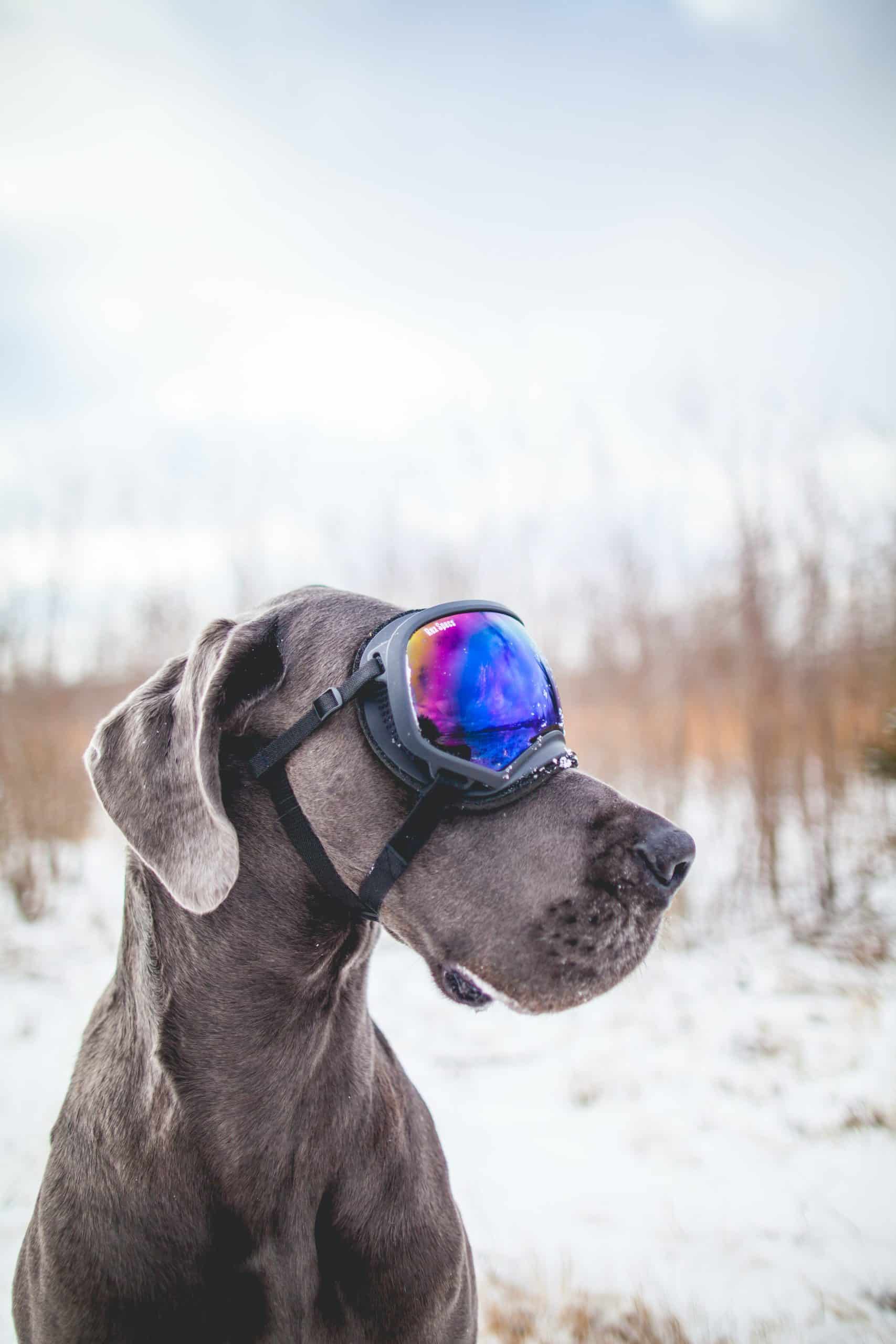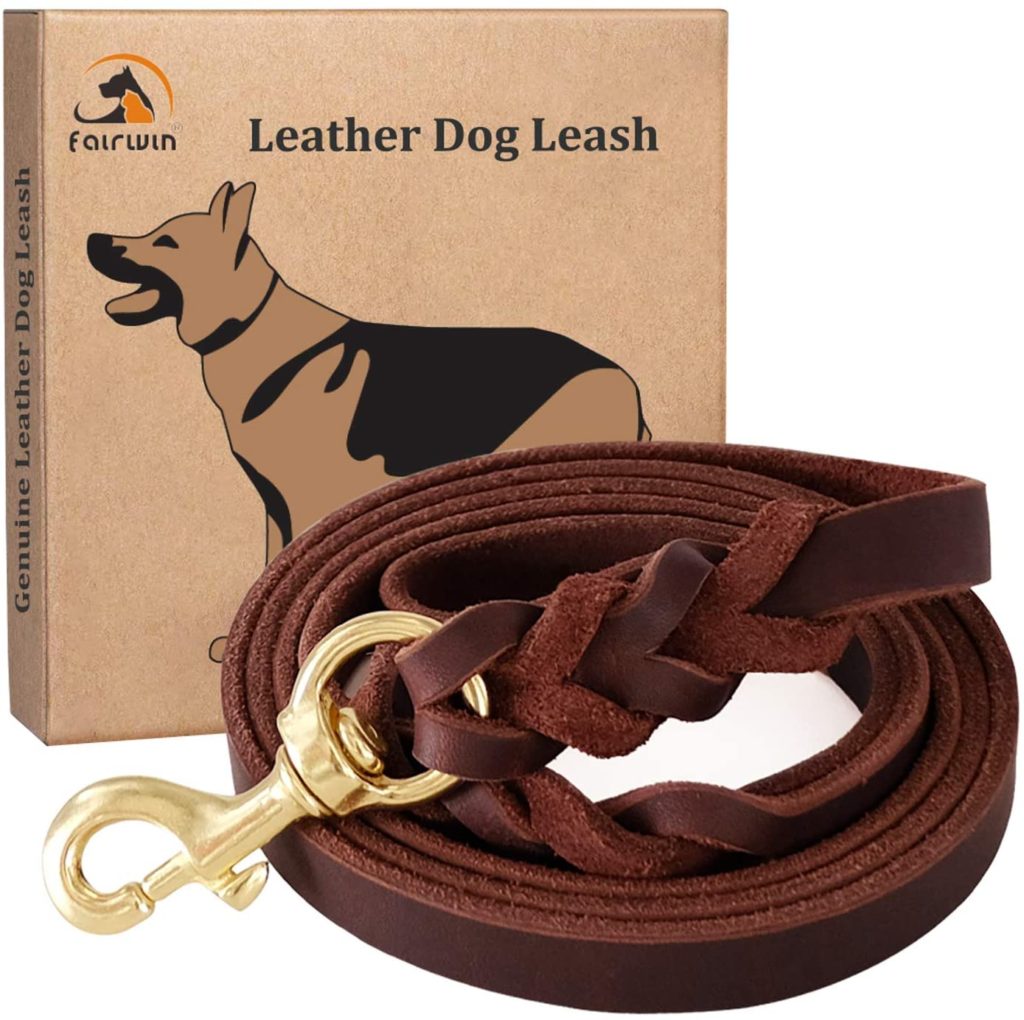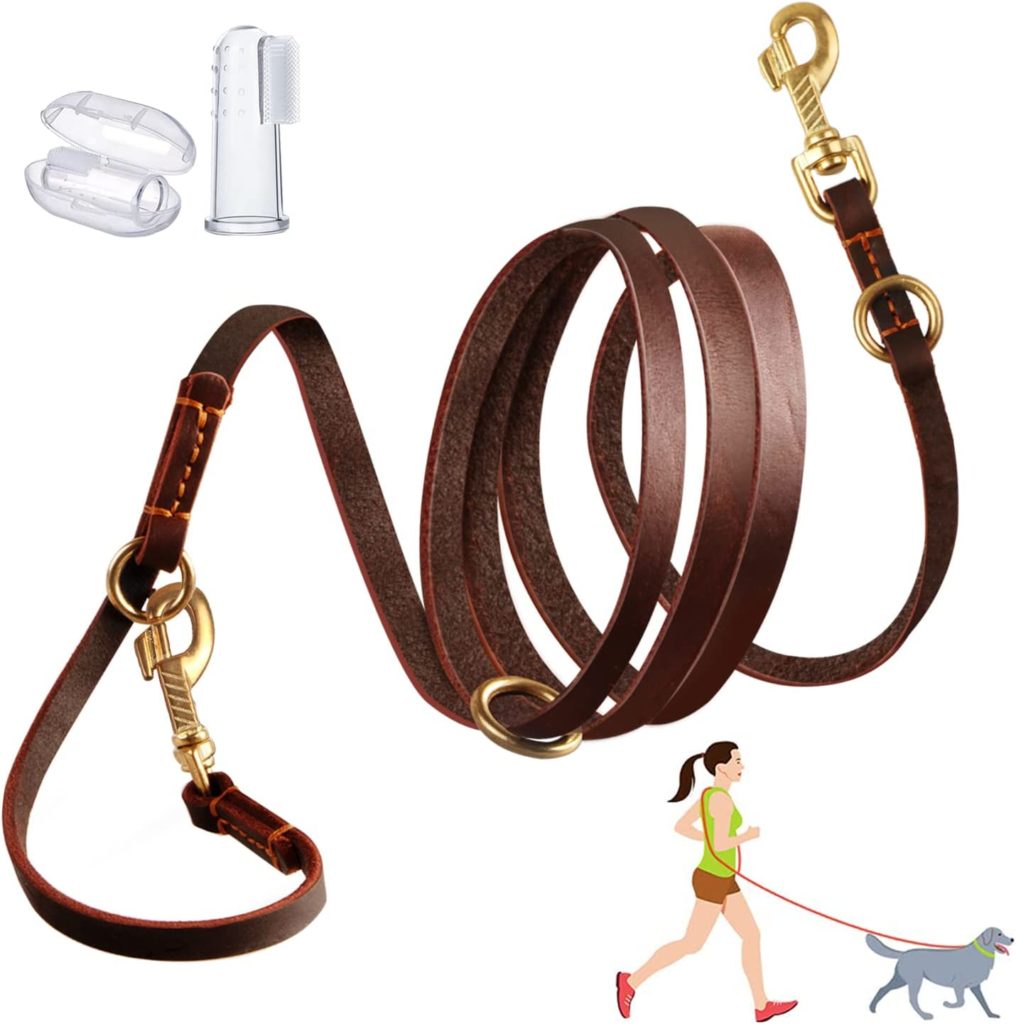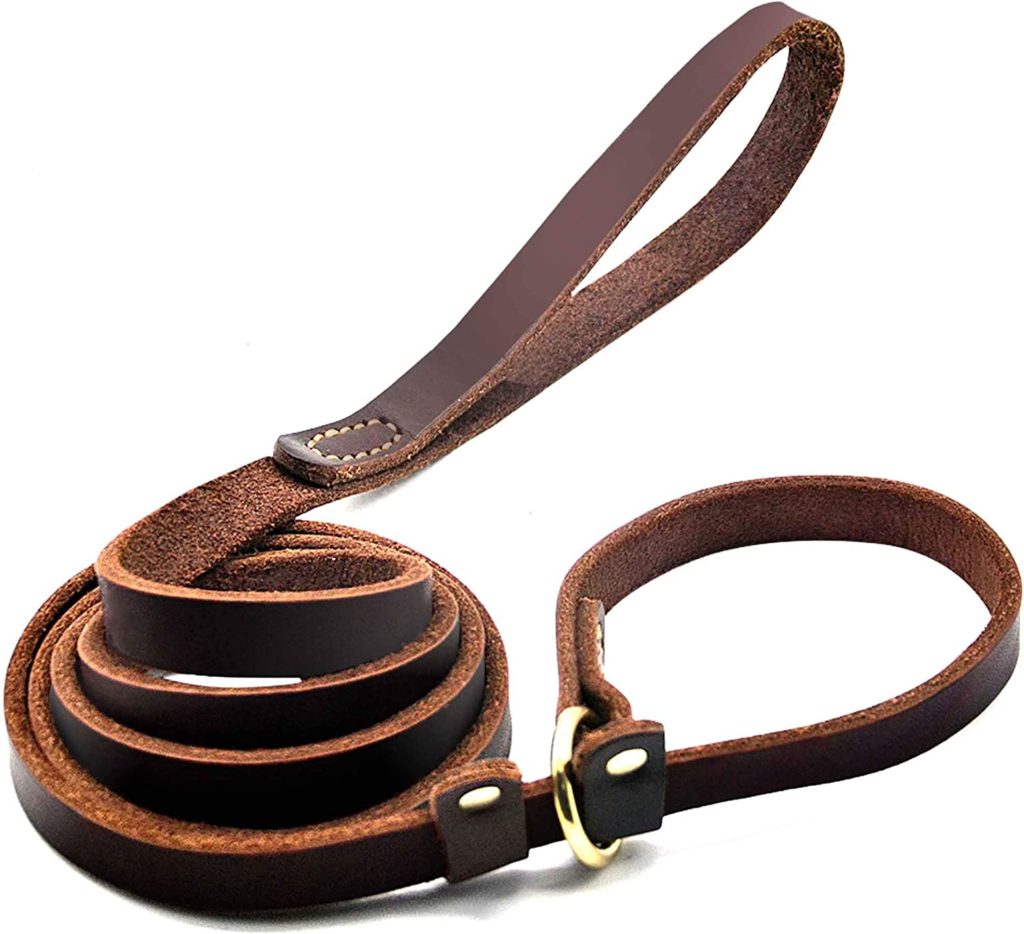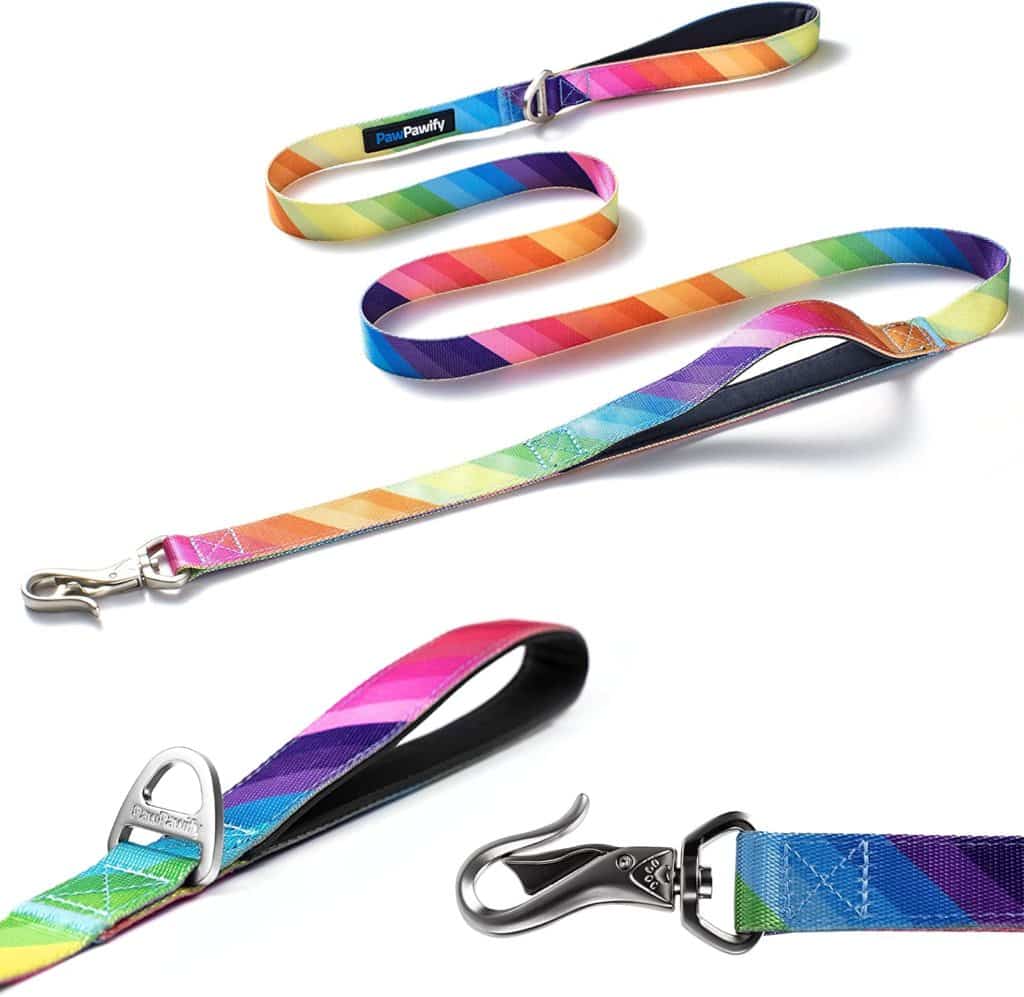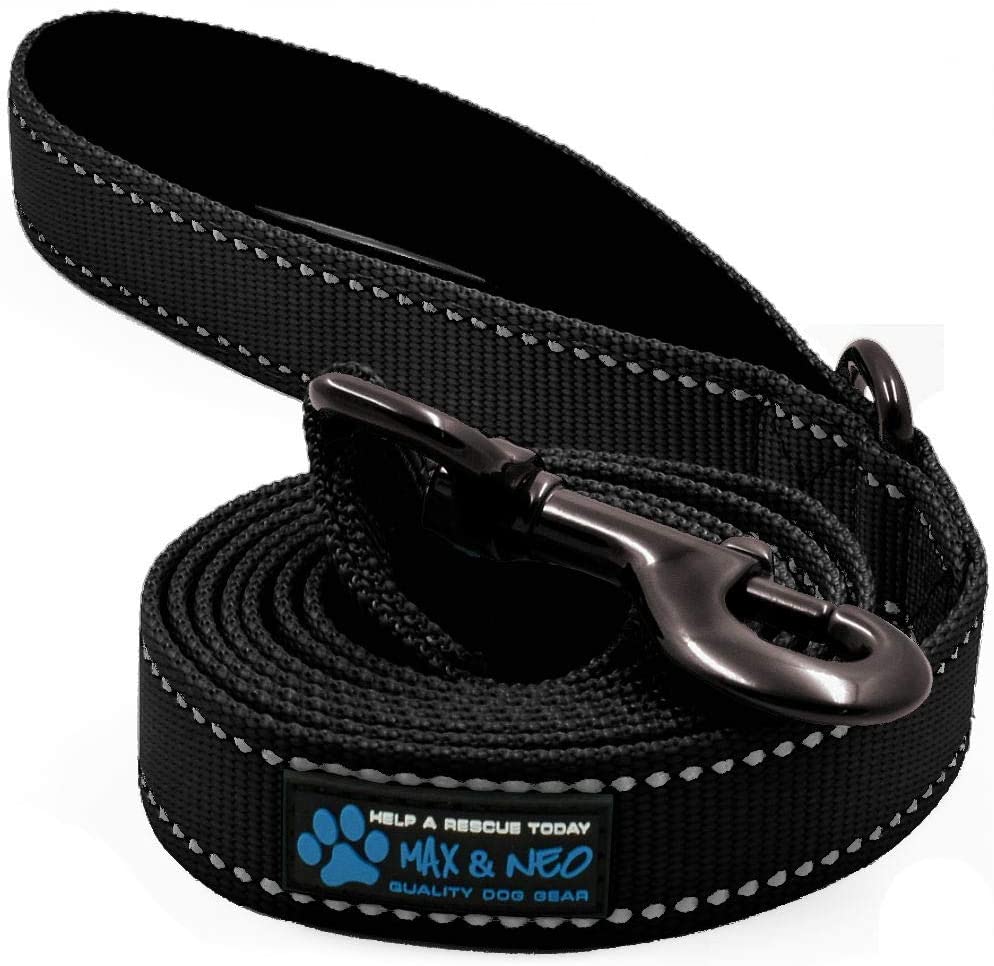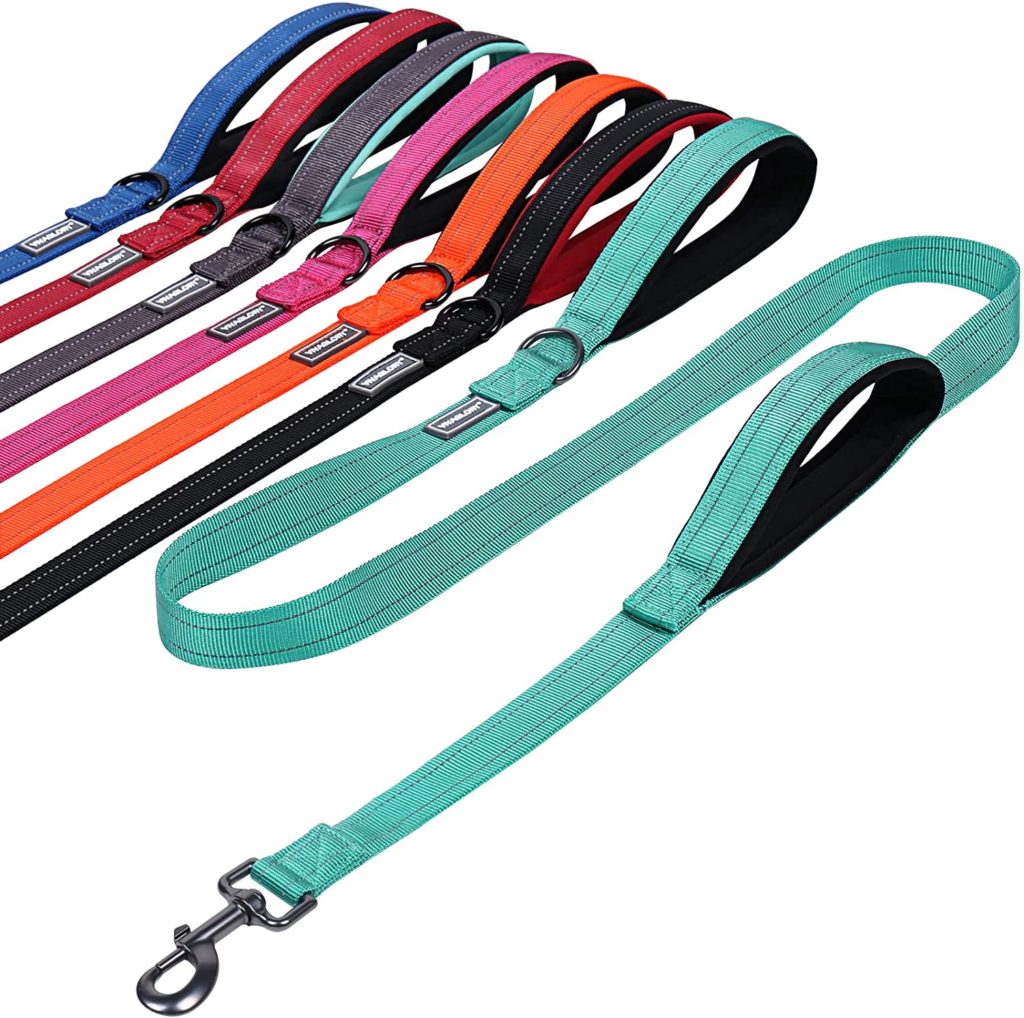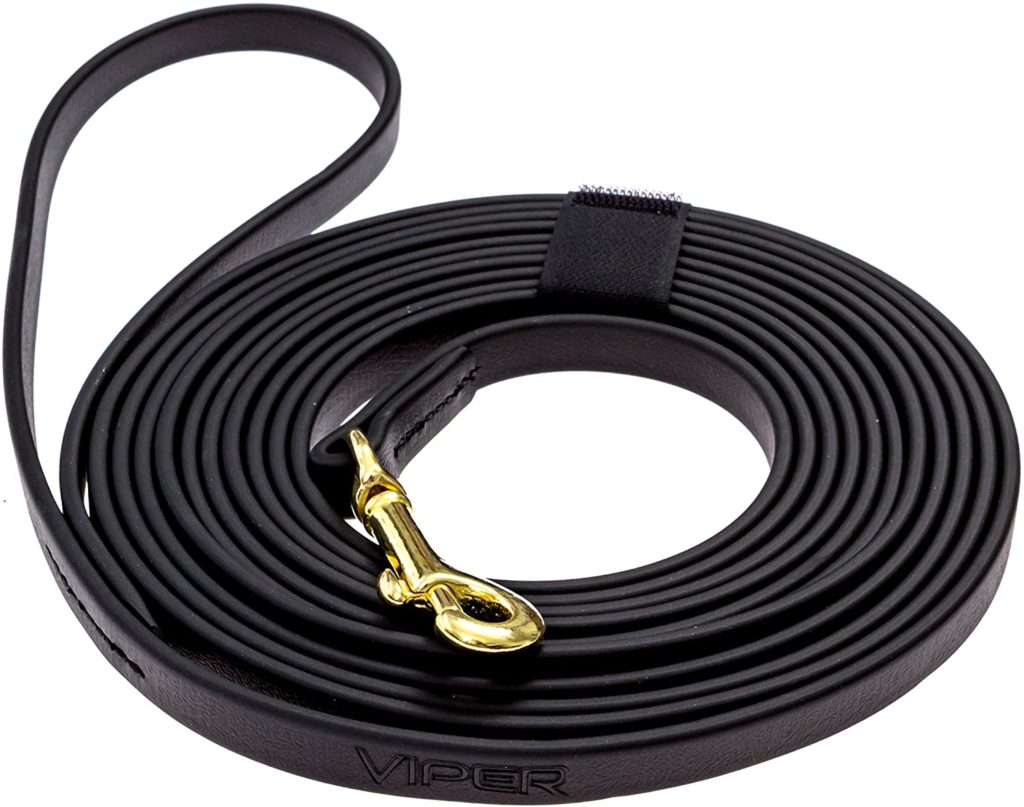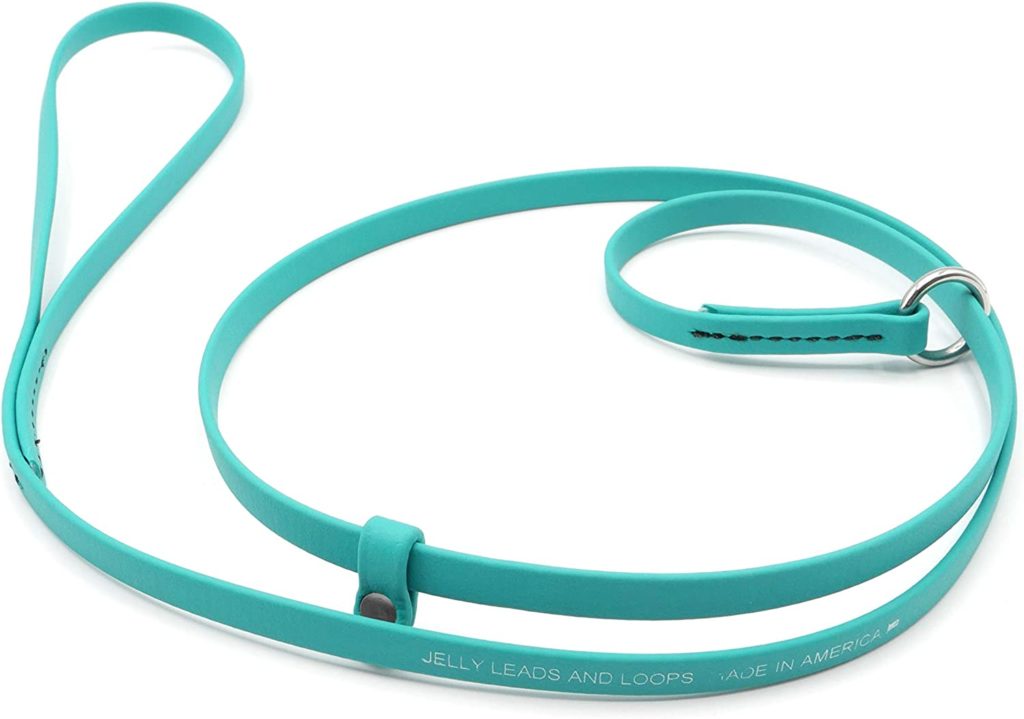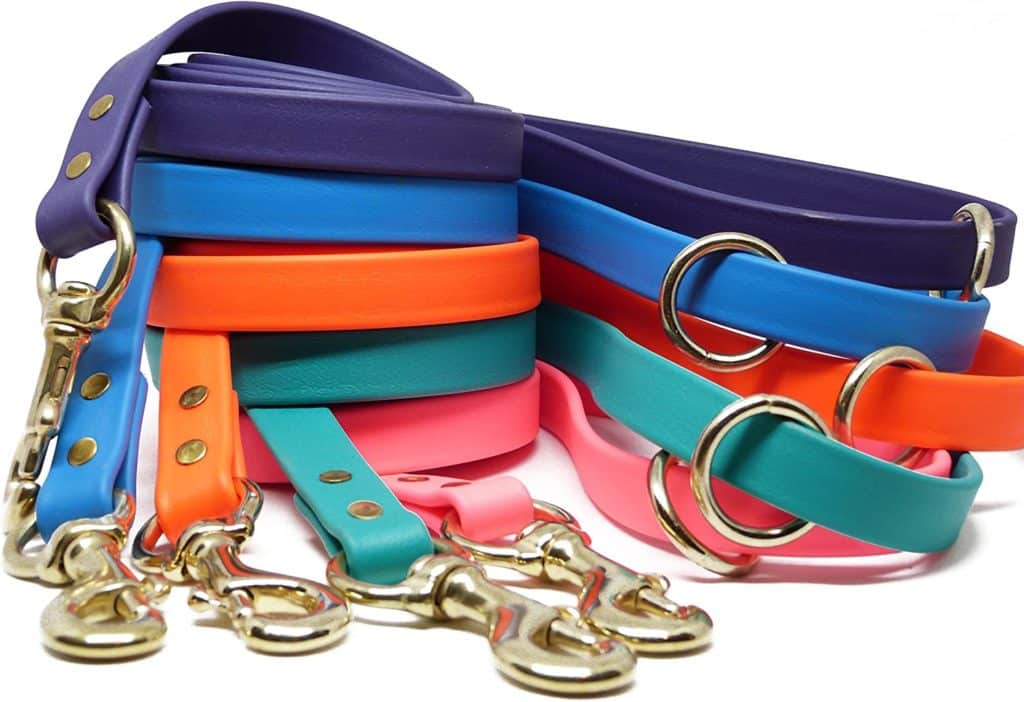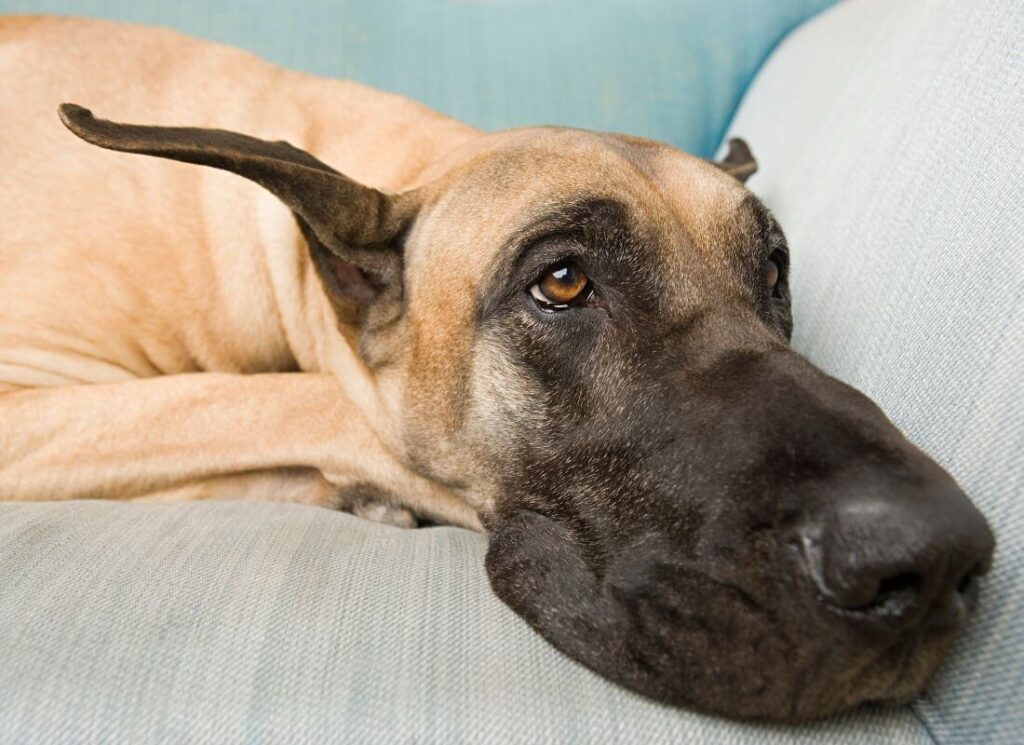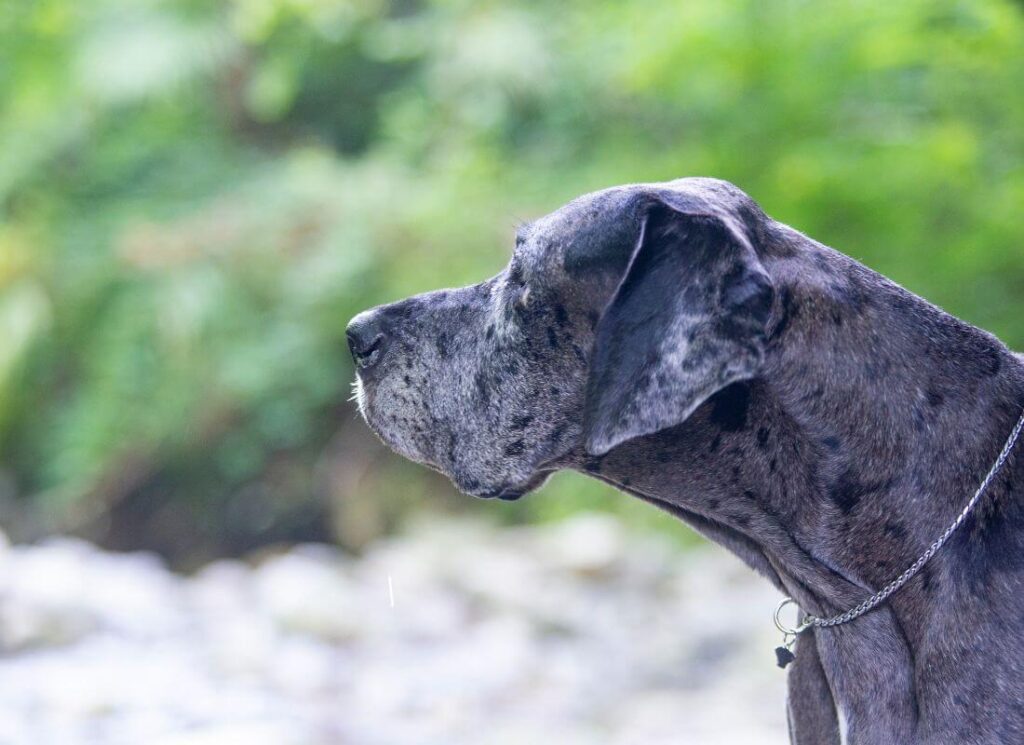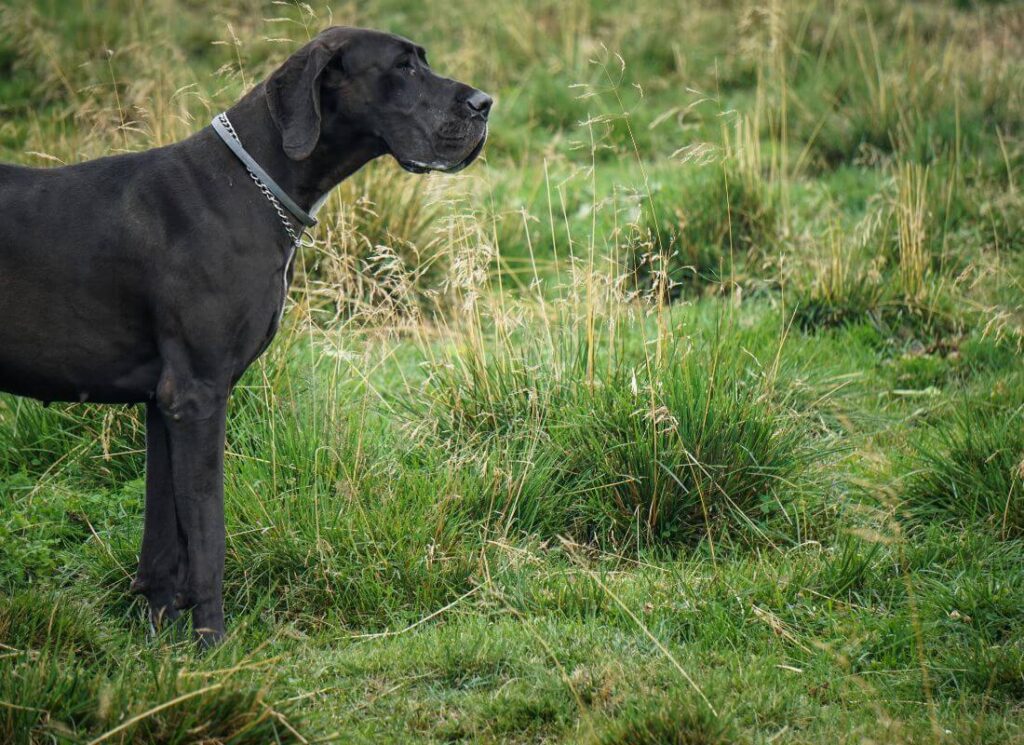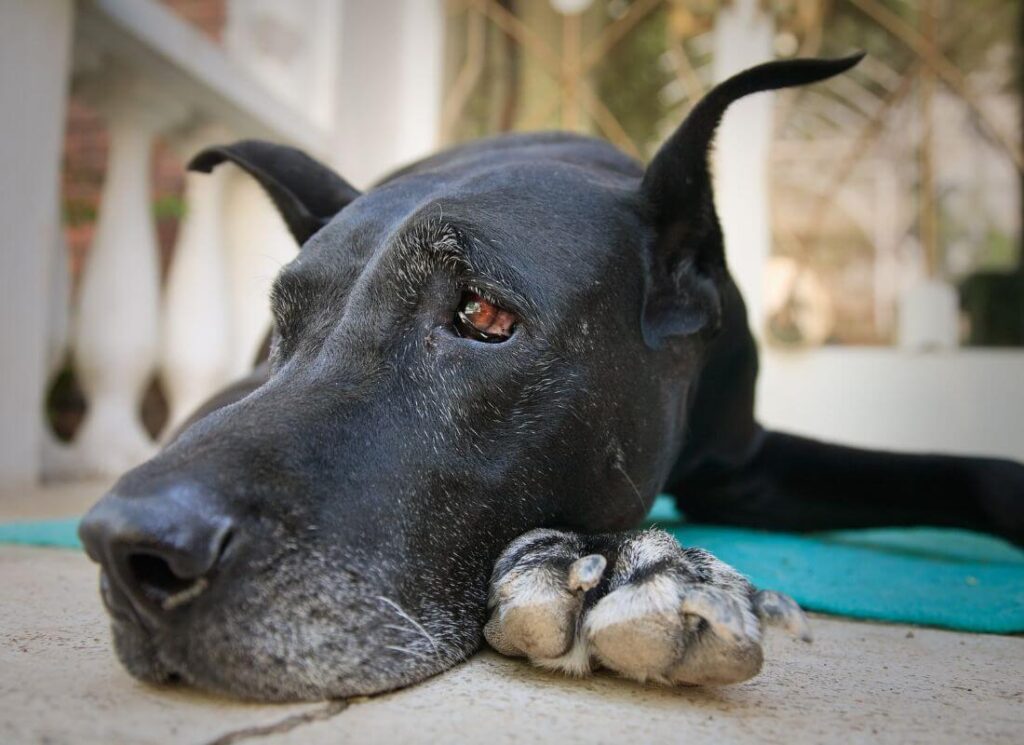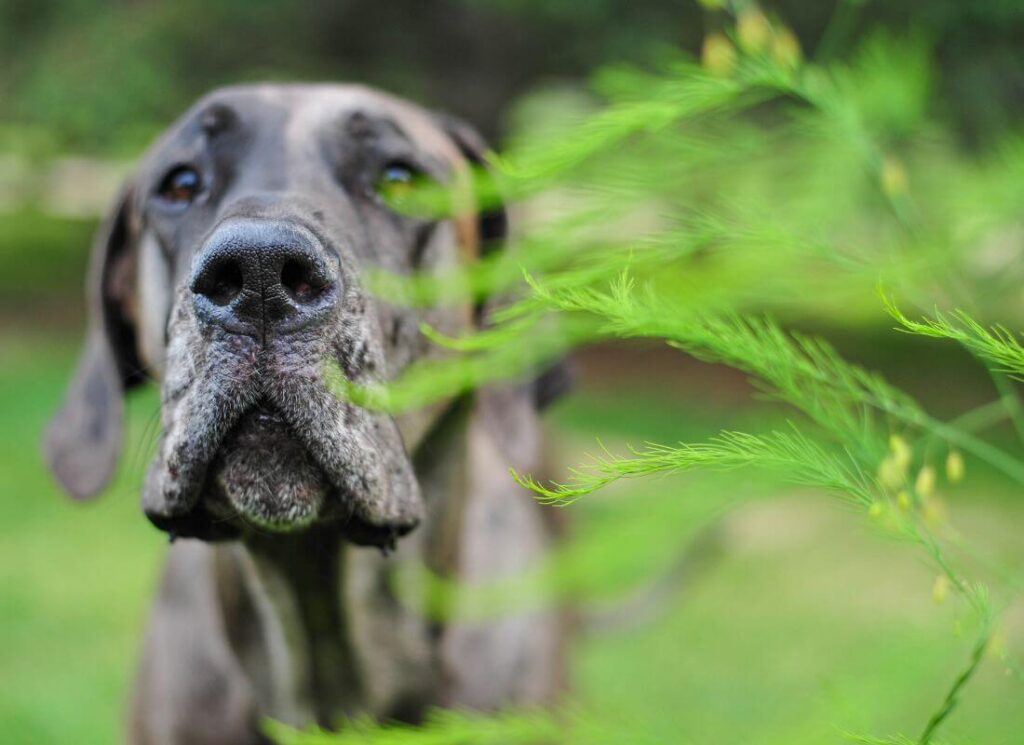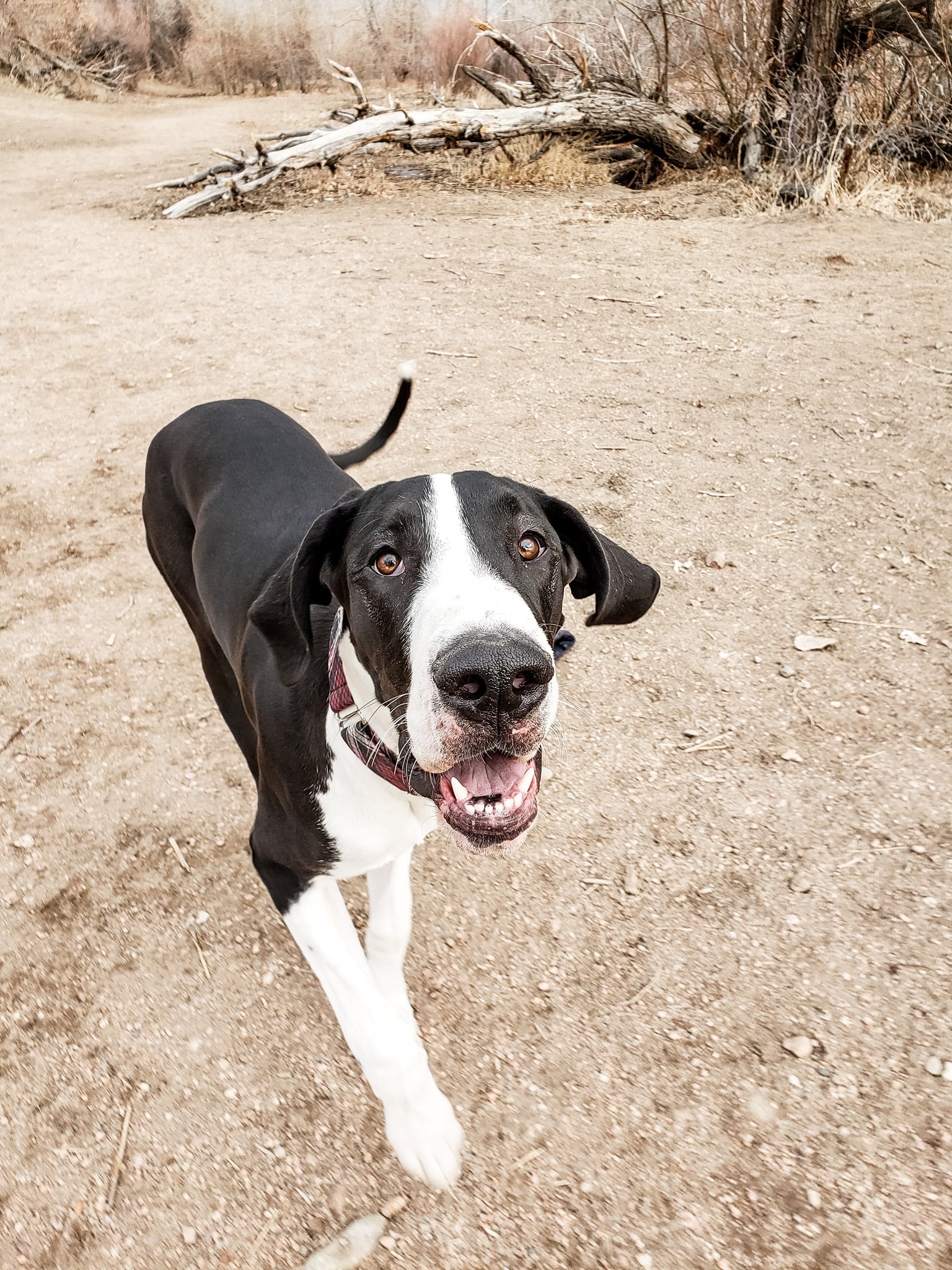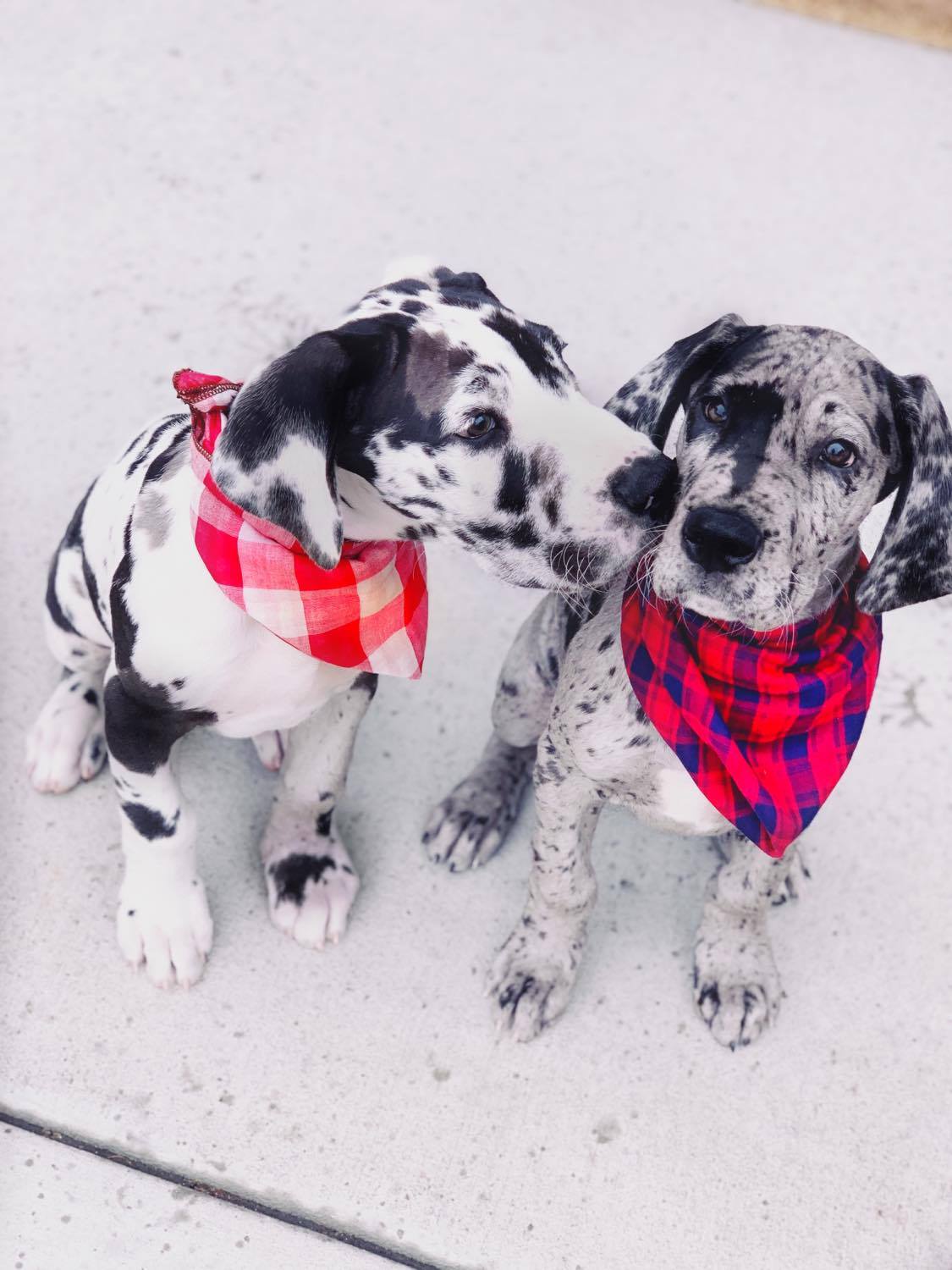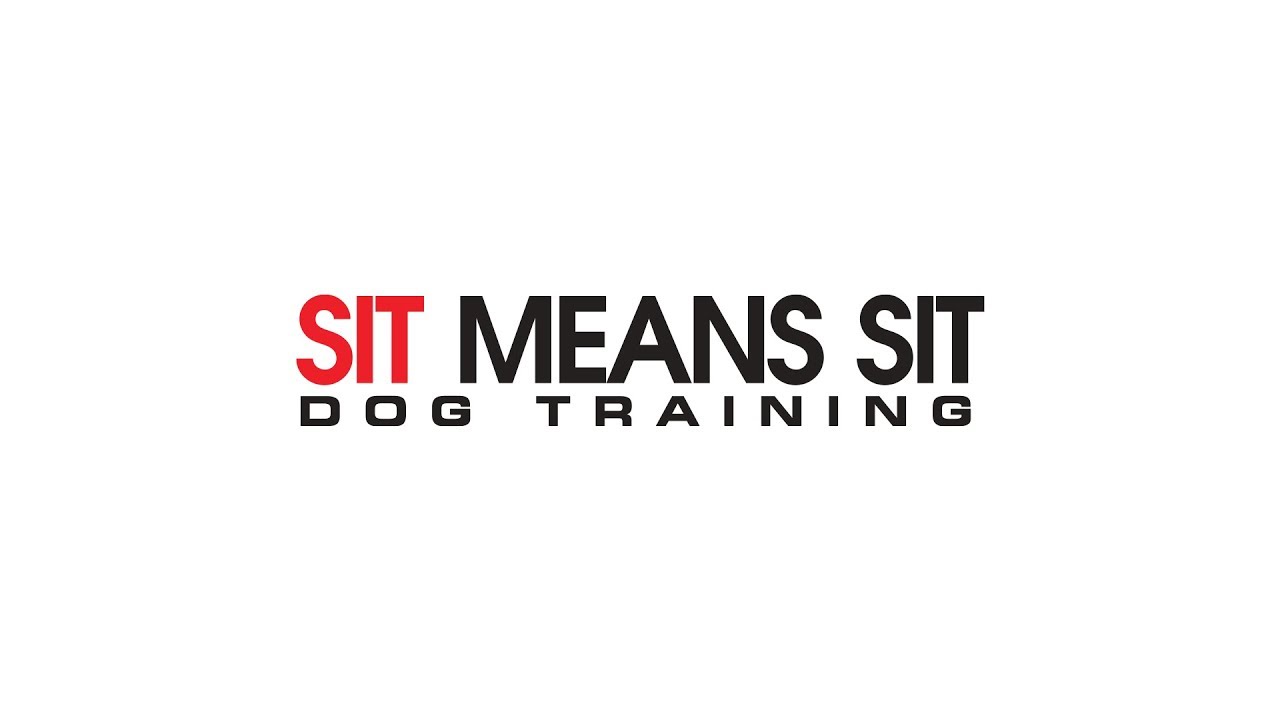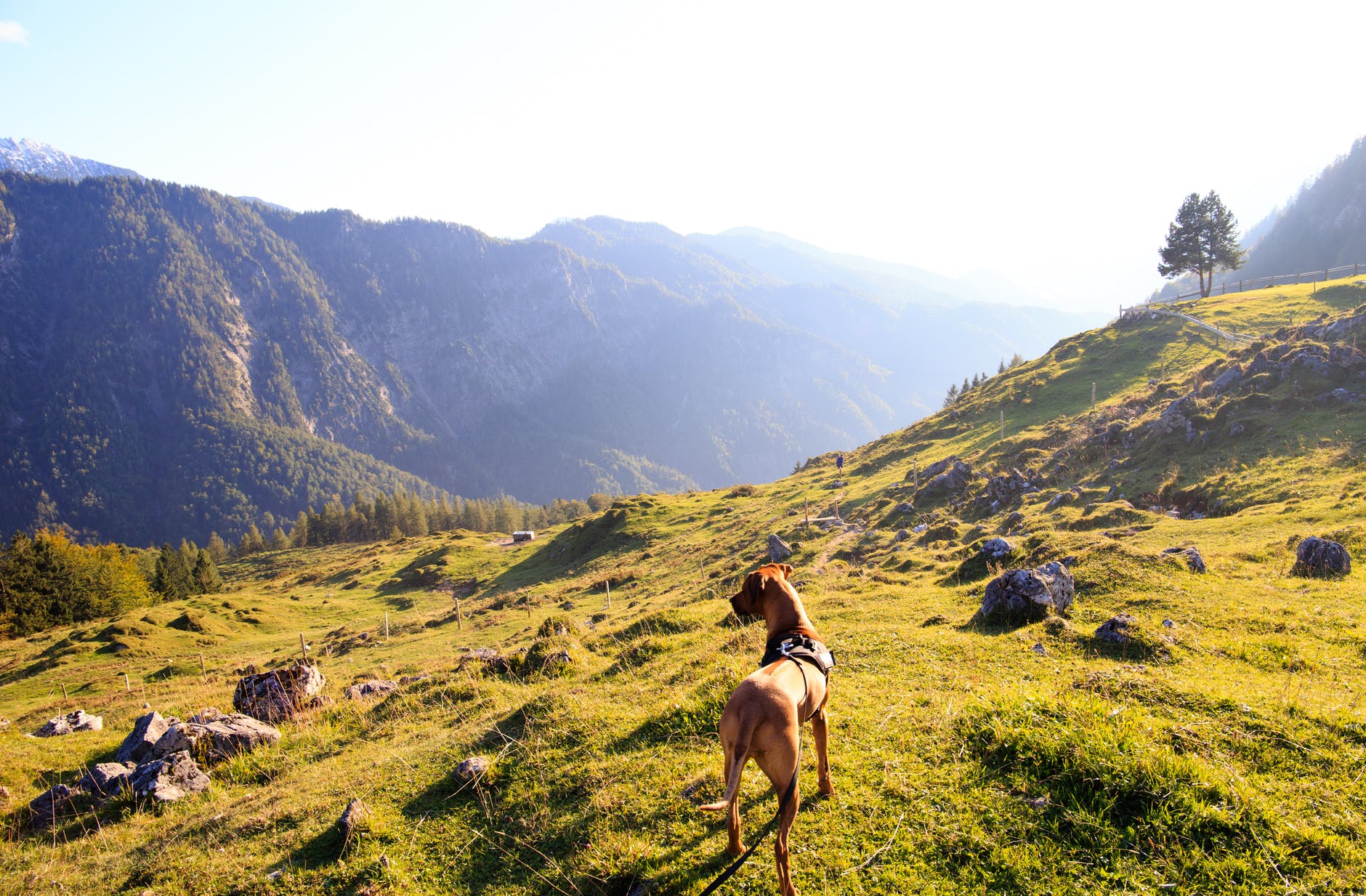I can’t believe we have to say this, but here we are.
Reality television is NOT a good place to get training advice or to learn how to train your dog.
This would be like taking dating advice from the Bachelor. There may be a few tidbits here and there worth trying, but as a whole? It’s a lot of smoke and mirrors.
POPULAR TV DOG TRAINERS
These are the current popular dog trainers that have reality television shows.
Cesar Milan – “The Dog Whisperer”
Victoria Stillwell – “It’s Me or the Dog”
Jas Leverette – “Canine Intervention”
Graeme Hall – “Dogs Behaving Badly”
These shows are fun to watch and often hit on common ‘pain points’ that dog owners have.
At its core, reality television is produced to generate viewers and ratings. Dog training shows are no exception.
Did you know that there is no governing authority for dog trainers education or certifications?
The titles of ‘Master Dog Trainer’, ‘Dog Whisperer’ or ‘Dog Psychology Specialist’ have no legitimate meaning.
SHOWMANSHIP
To film these dog training shows, the producers record and cut as much as they need to so that what you see is purely ‘amazing’ results.
They purposefully wind the dogs up and set them up to fail so that what you see first are out of control dogs and upset owners. You empathize and see your own struggles in it.
Then they take the overwhelmed, tired, emotionally exhausted dog(s) and ‘fix’ the problem with ‘psychology’ and intimidation.
In the final reel, you only see the best take of the improved behavior. The owners are coached to rejoice, they didn’t realize how ‘easy’ it was going to be to fix the problem!
Ratings go up, you continue to tune in not recognizing that all the while, the reality TV dog trainer is using smoke to distract you from what is really happening.
DOG PSYCHOLOGY & WOO
Reality television trainers use ‘dog psychology’ and woo to distract you. They need you focused on them, NOT the dogs (who are often showing significant signs of stress and anxiety).
It’s engaging, interesting, and ‘makes sense’ so you buy it, believing that the training they are doing must be necessary and appropriate.
The problem is that ‘dog psychology’ is rarely rooted in legitimate, modern, up-to-date behavior science.
Simply put, it’s often just made up or grossly misinterpreted.
THE INTIMIDATION FACTOR
The majority of reality TV dog trainers rely on intimidation to quickly shut down problem behaviors.
Anybody can intimidate a dog into being ‘submissive’.
Intimidation is a powerful and quick force to shutting a dog down.
‘Dog Psychology’ makes you believe that the now terrified dog is being ‘calm and submissive’, and it looks GREAT on television.
Studies show, however that confrontational training methods increase anxiety, fear and even aggression.
FORMS OF INTIMIDATION
Here are ways that many reality TV dog trainers will ‘fix’ problem behaviors:
- Alpha Rolls/Pinning
- Neck jabs and ‘Pssshhht’
- Using a foot or knee on the dog
- Pinching or choking
- Throwing things at the dog
- Repeated collar pops, especially without actually teaching the dog what it should be doing
- Forceful, threatening and forward body presence (arms out, leaning into the dog)
- Exposing the dog to situations that the dog finds uncomfortable or scary (flooding)
Confrontational and intimidation-based training methods such as the alpha roll, flooding and physical punishments have been proven by science to increase aggression, anxiety and confusion.
TURN OFF THE SOUND
Turn off the volume so that the ‘dog psychology’ cannot fool you.
Watch the dog. What is their body language like? Do they look happy, comfortable and engaged?
Is the dog scared, overwhelmed and feeling threatened? Does the dog want to work on training and be with the handlers, or is it wishing it were anywhere else?
Unlike ‘dog psychology’, canine body language is a studied and proven science.
BE THE ALPHA
Many reality TV dog trainers preach that you need to ‘be the Alpha’ and ‘dominate’ your dog.
The television producers aren’t knowledgeable in dog training, they just know what looks good on TV…and ‘being the boss’ looks GREAT.
The idea that our dogs are trying to be dominant and boss us around is an old school belief based on faulty studies of captive wolves. Those studies were later retracted by the author, but the method unfortunately persists.
For more information on why it’s not ‘dominance’, read our blog post on the topic!
Very few legitimate dog trainers will tell you that a scared, overwhelmed, bored or frustrated dog is being ‘dominant’, and even fewer will tell you to alpha roll your dog to show that you are the boss.
This idea is largely perpetuated by dog owners that learned it from, you guessed it: reality television. Run from any dog trainer that learned how to train dogs from reality TV.
FALSE HOPE
Reality television makes us believe that we can transform our dogs behavior without the help of a legitimate, qualified dog trainer.
It makes us believe that it can be done quickly if we just change our energy or be more authoritative.
It fails to address the root cause of canine behavior (most often boredom, fear, frustration, confusion and anxiety) and puts a one-size-fits all bandaid on dog behavior and the interactions we have with our beloved family pets.
Because it is so engaging, people take what they learned from the 20 minute prime time slot and share it with others. It worked on TV, so…
Reality TV is not a good place to get information about dog training and dog behavior.
Every dog and every family is different. If you are struggling with your dog we encourage you to bring in a highly qualified trainer that can watch your interactions and teach you how to appropriately work with your dog.
The last thing a dog trainer wants you to do is to apply advice you learned from reality TV and possibly make the problem, or your relationship with your dog, worse.
A better place to seek advice is from legitimate balanced and thoughtful positive trainers on Youtube and social media. There are some amazing people putting out a lot of real tips and content, not just using their platform to show off their ‘amazing dog whispering skills’. We’ve linked to our favorites below!
A note about Victoria Stillwell and ‘It’s Me or the Dog’: this program leans more towards positive dog training. She doesn’t fall under the umbrella of ‘alpha/dominance’ and intimidation, however, we don’t find that her training is particularly helpful for most dog owners either. Watch for fun but please, find a positive-balanced (yes, we said balanced!) dog trainer to come visit and help you directly.
EXCEPTION
Of course, there are some notable exceptions.
Many exceptional dog trainers and behavior professionals freely share their knowledge and have some great things to say.
Chirag Patel (Nightmare Pet SOS on BBC) is a wonderful example.
Just check out his credentials, they make the other television dog trainers look like complete amateurs. If I’m going to take advice from somebody on television, I’m more inclined to listen to the guy that has a veterinary sciences degree and postgraduate certificates in clinical animal behavior.
Not the guy that bases his training on debunked pack/alpha theory. Not the guy claiming to be a ‘master’ dog trainer. Not the guy who makes me believe I can fix my dogs ‘mental state’ by saying ‘pssst’ and jabbing her in the neck. Definitely not the guy that has multiple organizations raising alarms regarding animal abuse and the use of confrontational training methods.
If we can gain just ONE thing from the popular reality TV dog training series, it is this:
Dogs still need leadership, boundaries, exercise, management and structure no matter what.
All TV dog trainers get this one correct. We have to train our dogs, and we have to recognize that many behavior problems are rooted in boredom and/or anxiety.
It’s important to set dogs up for success, and to start giving dogs more guidance and enrichment overall.
That will help their mental state more than any ‘alpha roll’, power play or leash pop ever could. Get off the TV and go play with your dog!
LEGITIMATE RESOURCES FOR DOG TRAINING ADVICE
Larry Krohn – Balanced/E-Collar
Susan Garret – Positive, Game Based/Sports/Agility
